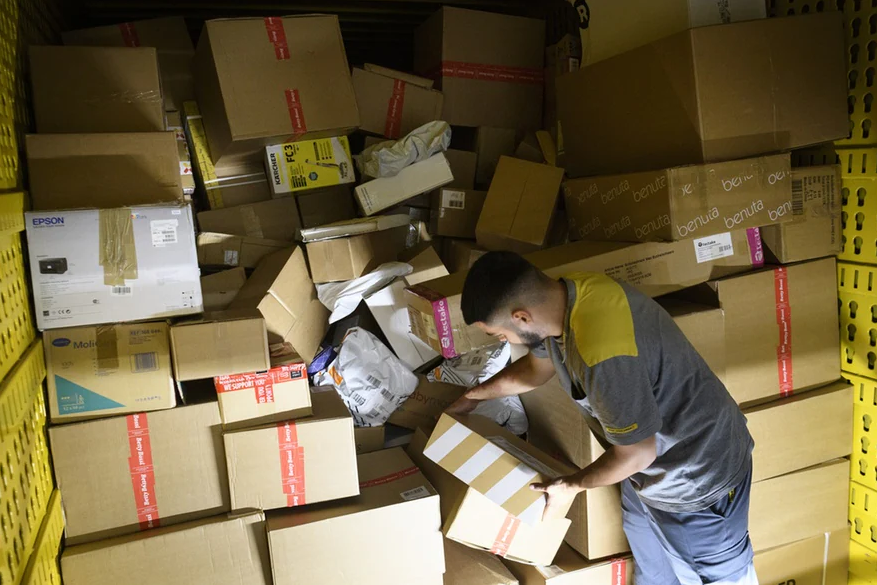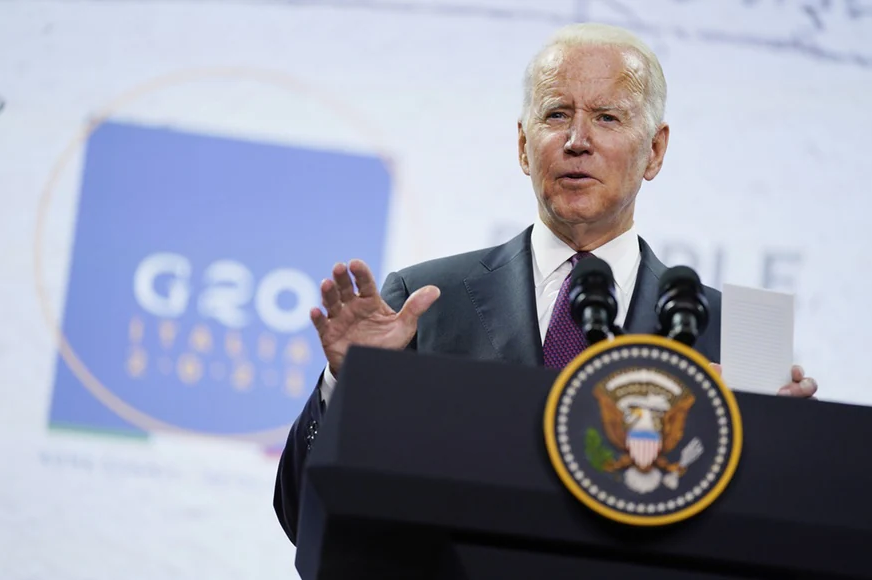NFTs have hit the headlines with spectacular sakes of digital artworks, such as the wildly popular CryptoPunks. Keystone / Obs/4artechnologies The latest blockchain phenomenon, the non-fungible token (NFT), has generated vast profits for artists and a raft of fraudulent scams. Several Swiss NFT projects have set out to prove that the technology can have a lasting impact beyond the spectacular headlines. This content was published on March 5, 2022 - 09:00 March 5, 2022 - 09:00 Matthew Allen When not covering fintech, cryptocurrencies, blockchain, banks and trade, swissinfo.ch's business correspondent can be found playing cricket on various grounds in Switzerland - including the frozen lake of St Moritz. More from this author | English Department
Topics:
Swissinfo considers the following as important: 3) Swiss Markets and News, Featured, newsletter, Sci & Tech, Sci & Tech
This could be interesting, too:
Nachrichten Ticker - www.finanzen.ch writes Die Performance der Kryptowährungen in KW 9: Das hat sich bei Bitcoin, Ether & Co. getan
Nachrichten Ticker - www.finanzen.ch writes Wer verbirgt sich hinter der Ethereum-Technologie?
Martin Hartmann writes Eine Analyse nach den Lehren von Milton Friedman
Marc Chandler writes March 2025 Monthly
The latest blockchain phenomenon, the non-fungible token (NFT), has generated vast profits for artists and a raft of fraudulent scams. Several Swiss NFT projects have set out to prove that the technology can have a lasting impact beyond the spectacular headlines.
This content was published on March 5, 2022 - 09:00swissinfo.ch
Luxury watch brands, premium whisky sellers, sports teams and well-known consumer companies are leveraging Swiss NFT know-how to interact with consumers, boost sales or protect their products from counterfeiters.
Just as brands once scrambled to get online and develop social media strategies, there is now growing excitement about the latest digital bridge between producer and consumer.
Even an institution as conservative as the Swiss post office got in on the act by issuing NFT postage stampsExternal link last year.
NFTs are enduring digital records of unique items that are easy to trace and are readily transferable from one person to another. Physical and digital assets are encrypted onto blockchain databases as coded “tokens”. A token that represents something unique, like an original painting, is called a “non-fungible token”. NFTs typically define ownership, the rights to commercially exploit an asset or prove authenticity.
This is particularly useful for luxury items that derive value from their rarity. Forgeries cost the Swiss watch and jewellery industries an estimated CHF2 billionExternal link ($2.2 billion) a year. Switzerland’s Vacheron Constantin, owned by Richemont, is among the luxury brands using NFTs to tackle the problem. Swiss company Kore Technologies has developed the LuxeID app that connects luxury goods manufacturers to NFT platforms, such as Aura and Arianee.
Because changes in ownership of NFTs are easily traced on blockchains, manufacturers can keep better track of the second-hand market and connect with new customers when their product is sold on.
New way of reaching audience
But NFTs are more dynamic than tradeable digital certificates. They can be programmed to send royalties when the underlying item is re-sold, offer prizes for the holder and act as membership cards to exclusive clubs built up around products.
“Brands are starting to use NFTs as a new marketing touchpoint to connect with their target audiences in different ways than television or magazines,” said Kore CEO Carla Bünger. Gone are the days when companies simply advertised their wares in various media with celebrities. The new objective is to build a loyal fan base around their brand with more interactive strategies.
For example, a sports team can communicate with fans through NFTs linked to merchandise that offer the chance to meet stars or watch matches. That is why Red Bull, McLaren and Ferrari Formula 1 racing teams have joined forces with Swiss-based blockchains to embark on NFT projects.
“The only limits to NFTs are the boundaries of creativity,” said Lukas Fluri, co-founder of the Swiss company BLOCKv, which has been creating NFT marketing campaigns for such companies as Doritos, Ben & Jerry’s and Vodafone since 2018. Switzerland’s growing reputation as a blockchain hub is one of the reasons the company Metacask – a digital marketplace for NFTs linked to rare casks of whisky – recently set up in the Alpine country.
Prone to criminal exploitation
But for all their versatility and convenience, NFTs, like many blockchain innovations, are also prone to criminal exploitation.
Money laundering is one major issue, according to Maxim Kon, founder of the Swiss blockchain analytics company Cheksy. “This problem exists in the traditional art world despite auction houses making the effort to identify buyers and the source of their funds,” he said. “Nobody really cares in the NFT world – it’s easy to hide the source of the money because no one is really asking.”
And if anyone can create NFTs and trade them on unregulated markets, there is plenty of potential for fraudsters to trick the unwary with scams.
This is why linking physical objects, such as watches, to NFTs is so important. Unless the watch has an identifying serial number, QR code or microchip, it’s easy for a fraudster to sell a genuine NFT but hand over a fake watch instead of the original.
The Origyn Foundation has recently set up in Neuchâtel, northwestern Switzerland, to tackle this issue. The non-profit entity is poised to launch a smartphone app that combines artificial intelligence, machine learning and high-resolution images to tell the difference between a genuine article and a fake before issuing an NFT. Origyn is so confident of its technology that it says it will pay compensation for any false readings by the app.
The technology, which runs on the Dfinity blockchain, can also be applied to a wide range of articles, including sports memorabilia, says CEO Daniel Haudenschild.
“Ebay is full of sports collectibles, but how do you know which are genuine and which are fake?” said Haudenschild. “We can authenticate these objects with NFTs that can tie in video clips of games, a personalised message from players to the buyer or grant access to tournaments.”
Setting the right foundations could be the difference between NFTs having a genuine, lasting impact or turning into another chapter of cryptocurrency hype.
Non-fungible tokens
The technology behind NFTs has existed since the launch of bitcoin in 2009. But it was the release of later blockchains, such as Ethereum in 2015, that sparked the widespread use of “smart contract” coding that embeds enhanced properties into tokens.
Anyone can make NFTs of any assets they own – virtual or physical – and independently sell them or use them to generate revenues. Twitter founder Jack Dorsey made an NFT of his first tweet. Movie clips, image rights, even personal identities can be turned into NFTs.
NFTs burst into the public consciousness last year when an artist called Beeple used the technology to sell an artwork for $69 million (CHF64 million). Other big-ticket sales followed. A series of blocky digital characters called CryptoPunks and the cartoon-style Bored Ape Yacht Club images have sold like wildfire, generating fierce bidding wars.
Blockchain databases are viewed as ideal for NFTs because they are extremely hard to tamper with and are completely transparent – anyone, at any time, can track the entire transaction history of tokens.
Blockchains are operated by the collective efforts of multiple users, rather than single entities like banks or technology companies. People create vaults within blockchains to house their valuables, which only they can access. They don’t have to ask a bank for permission to open a vault or wait for approval to trade their assets. NFT enthusiasts are drawn to the freedom and potential efficiency this offers.
NFT technology could be further boosted by the growing popularity of metaverses – virtual reality spaces where people can play fantasy computer games, buy land and buildings and interact with others. NFTs are used to assign ownership to virtual objects in metaverses and allow them to be traded. The fact that Facebook has renamed itself as Meta points to a potentially rapid expansion of the virtual reality phenomenon.
Research group Chainalysis estimates that the art market was the chief driver of NFT sales, worth $40 billion last year. This compares to traditional market sales of $50 billion in 2020External link, according to figures from UBS bank and Art Basel.
End of insertion
In compliance with the JTI standards
More: SWI swissinfo.ch certified by the Journalism Trust Initiative
Tags: Featured,newsletter,Sci & Tech










